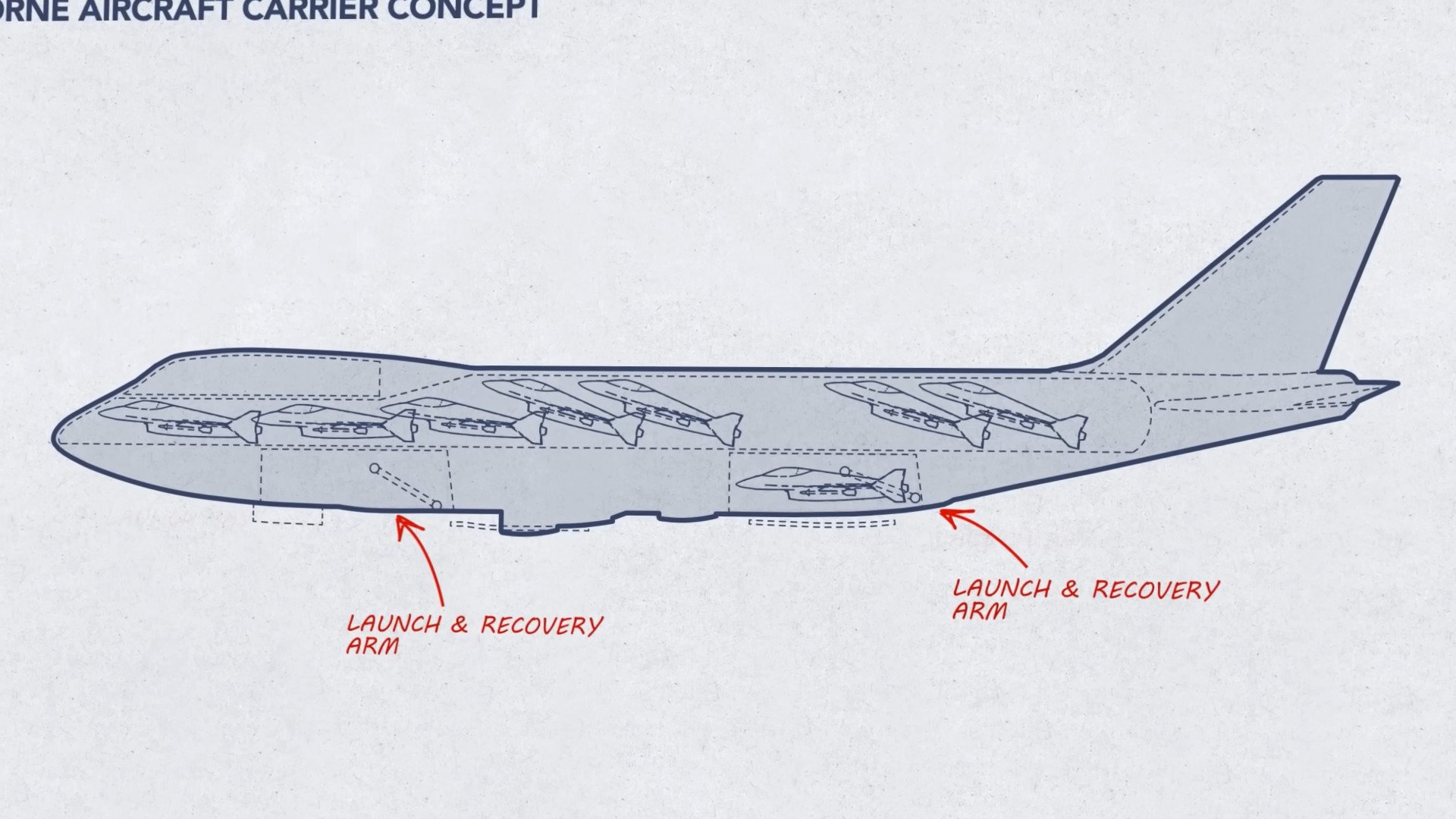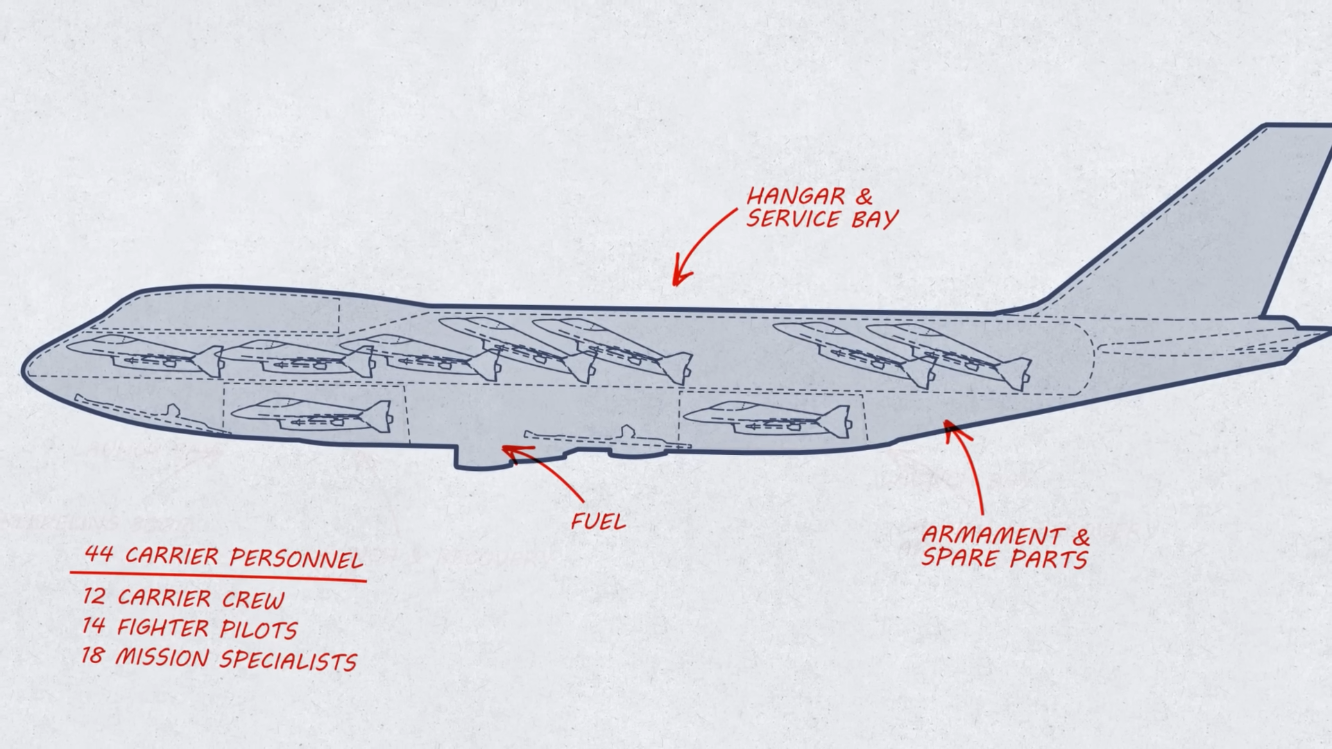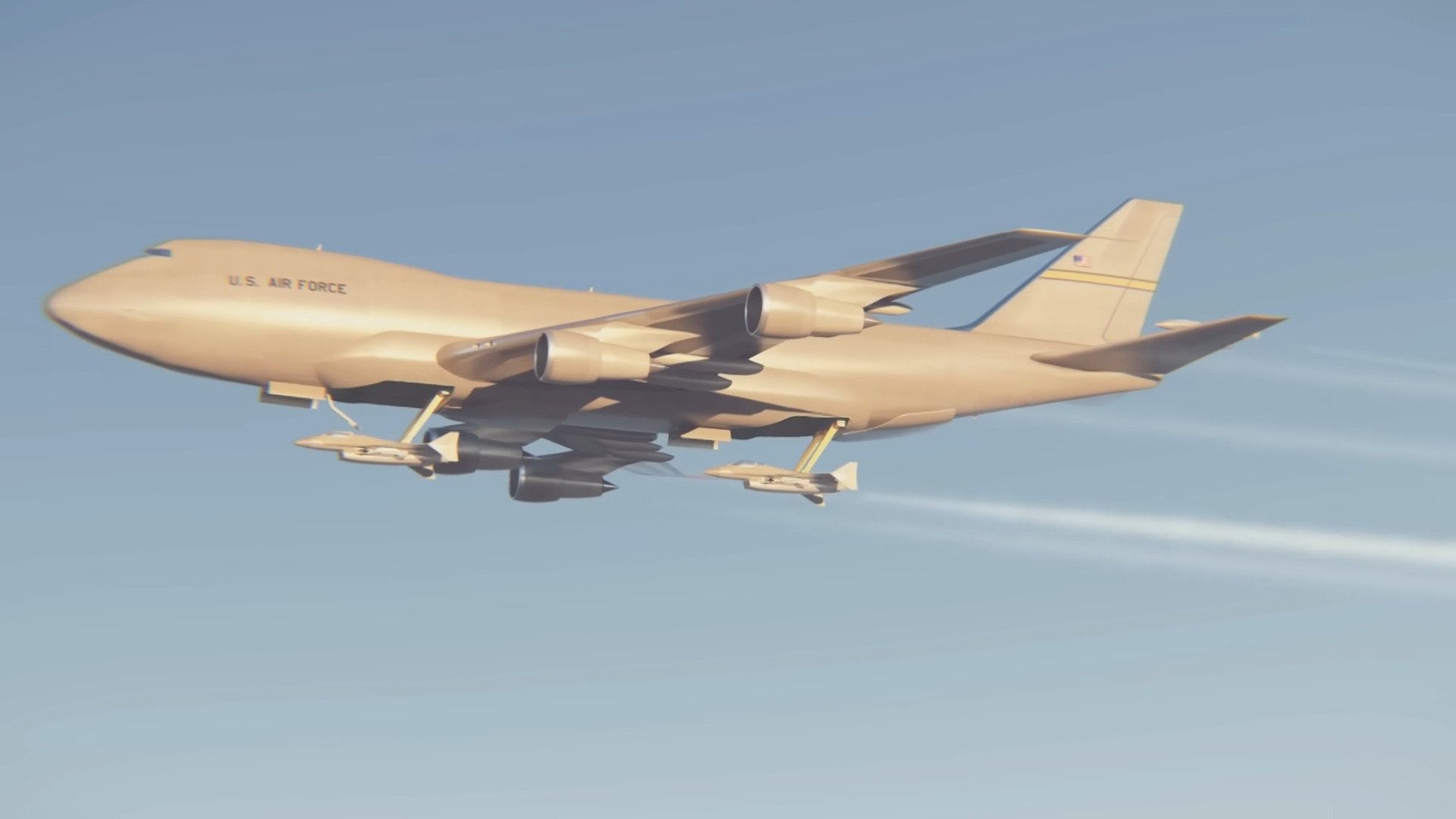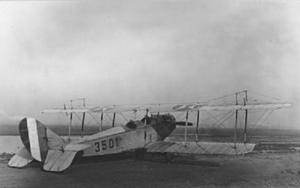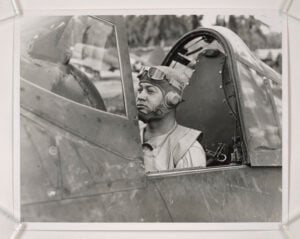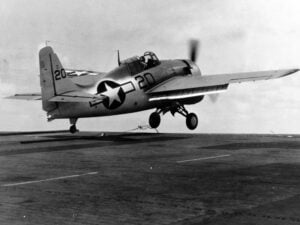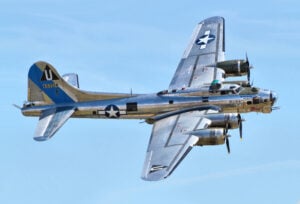What Happened To Boeing’s Flying Aircraft Carrier Concept?
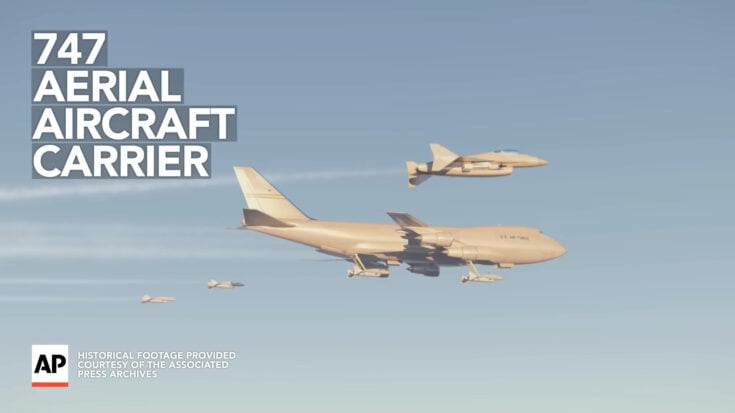
YouTube / Mustard
In the 1970s, Boeing explored the idea of turning the 747 into an Airborne Aircraft Carrier (AAC) capable of launching tiny fighter jets mid-flight. The concept promised rapid crisis response and added survivability due to its speed. And, let’s face it—it sounded awesome.
How It Would Work
The AAC was designed to carry ten small, crewed fighter jets inside its belly, launching and recovering them mid-air using an internal conveyor belt system. This innovative setup could deploy two fighters per minute, launching the entire air wing within 15 minutes.
The Risks and Challenges
Despite its appeal, the concept was riddled with challenges:
- Disastrous Crashes: A single crash would destroy the 747 along with all ten fighter jets, killing their pilots.
- Custom Systems: The conveyor belt system and launch/recovery mechanisms would require highly specialized, unproven technology.
- No Microfighters: In the 1970s, no small fighter jets existed that could fit inside a 747.
- Missile Vulnerability: Surface-to-air missiles, like the SA-2s used during the Vietnam War, posed a far greater threat than enemy fighters. The AAC would have no effective countermeasures.
The Pentagon’s Modern Solution
Today, the Pentagon’s X-61 Gremlins project aims to achieve a similar goal using drones. These drones, deployed from a C-130 Hercules, can carry sensors, jammers, or weapons depending on the mission.
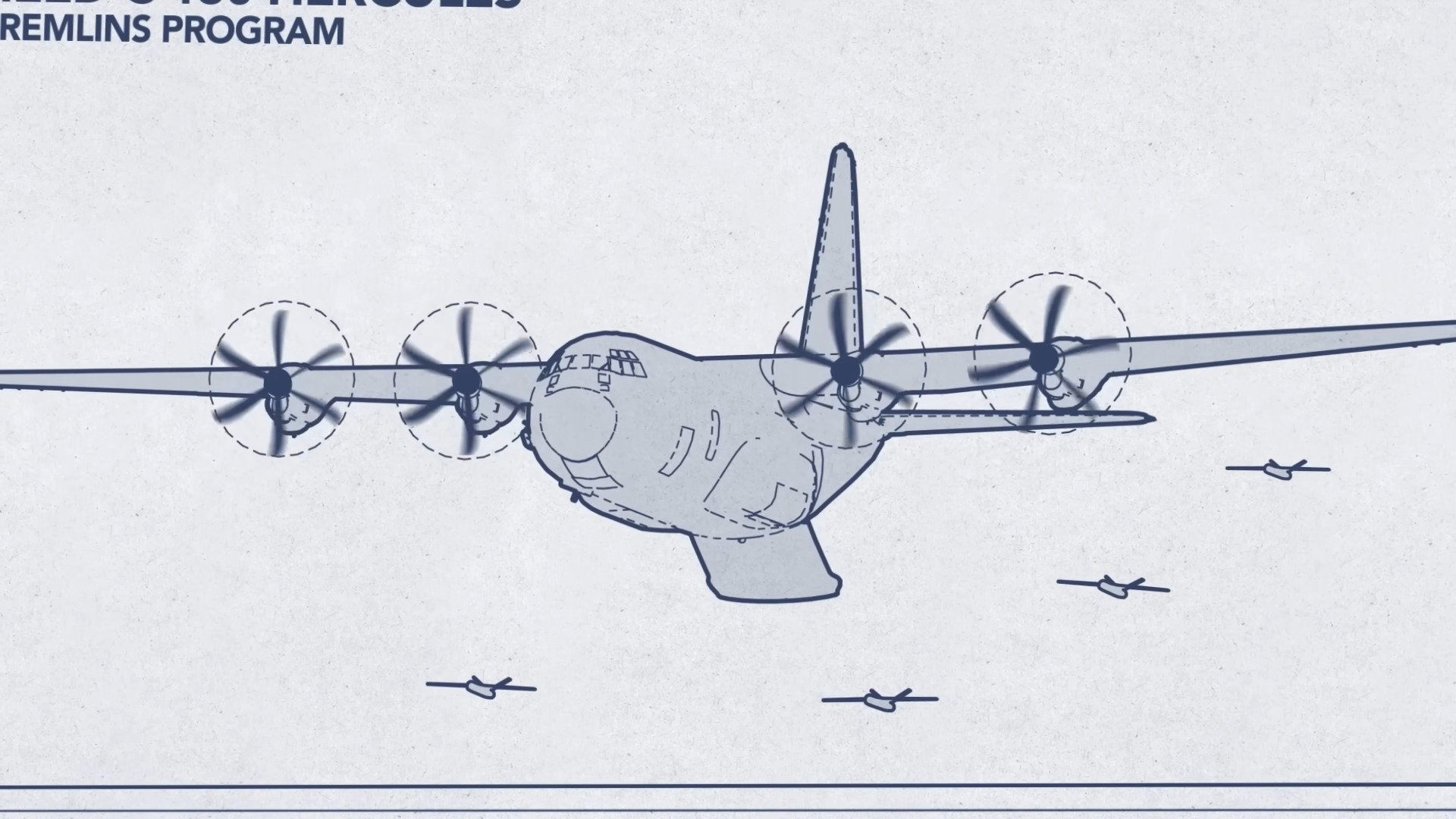
Why Drones Make Sense
Drones are cheaper, easier to develop, and much smaller than crewed fighters. They also offer greater safety, eliminating the need to risk pilots in dangerous operations. As combat evolves, drones are quickly becoming the future of aerial warfare.













